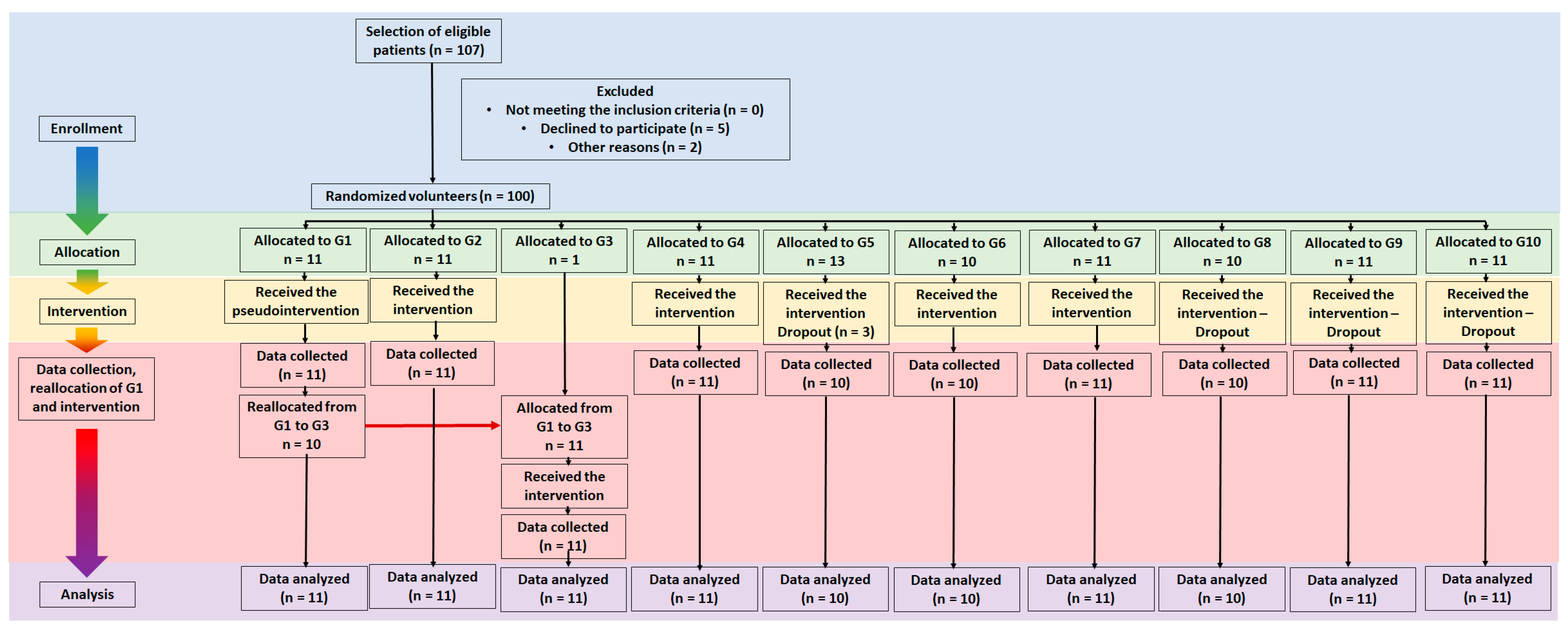Effects of red and infrared laser therapy in patients with tinnitus: a double-blind, clinical, randomized controlled study combining light with ultrasound, drugs and vacuum therapy.
PANHOCA, Vitor Hugo; AQUINO JUNIOR, Antonio Eduardo de; SOUZA, Viviane Brocca de; FERREIRA, Simone Aparecida; FERREIRA, Laís Tatiane; SOUZA, Karina Jullienne de Oliveira; TAMAE, Patricia Eriko; NOGUEIRA, Marcelo Saito; BAGNATO, Vanderlei Salvador.
PANHOCA, Vitor Hugo; AQUINO JUNIOR, Antonio Eduardo de; SOUZA, Viviane Brocca de; FERREIRA, Simone Aparecida; FERREIRA, Laís Tatiane; SOUZA, Karina Jullienne de Oliveira; TAMAE, Patricia Eriko; NOGUEIRA, Marcelo Saito; BAGNATO, Vanderlei Salvador.




 Abstract: Background: tinnitus is a symptom with no specific cause known to date, and there are no associated pharmacogenomics of hearing disorders and no FDA-approved drugs for tinnitus treatment. The effectiveness of drug treatments is not reproducible on idiopathic patients and inexistent in refractory patients. Personalized treatments for these patients are a great clinical need. Our study investigated the outcome of potential alternative and complementary treatment modalities for idiopathic and refractory tinnitus patients. Methods: we were the first to evaluate the tinnitus handicap inventory (THI) score changes over the course of treatment up to 15 days after complete cessation of treatment for novel transmeatal low-level laser therapy (LLLT) modalities using light alone, as well as LLLT combined with vacuum therapy (VT), ultrasound (US), Ginkgo biloba (GB) and flunarizine dihydrochloride (FD), while also comparing all treatment outcomes with laser puncture (LP), FD alone and GB alone. Results: a positive treatment outcome (superior to a placebo effect) was achieved by using either LP or transmeatal LLLT, whereas short-term antagonistic effects of VT, US, GB and FD when combined with LLLT. For transmeatal LLLT, an improvement in the treatment outcome was observed by increasing the irradiation time from 6 min to 15 min (with 100-mW of applied laser power at 660 nm). Finally, a lasting therapeutic effect higher than the placebo was observed at 15 days after treatment upon combining LLLT with VT, GB or by using FD alone, by using the transmeatal LLLT alone or by using LP. Conclusions: LP and Transmeatal LLLT can be promising alternative treatments for idiopathic and refractory tinnitus patients. Future studies should investigate the long-term effects of LLLT in tinnitus patients, as well as the dosimetry and wavelength of transmeatal LLLT.
Abstract: Background: tinnitus is a symptom with no specific cause known to date, and there are no associated pharmacogenomics of hearing disorders and no FDA-approved drugs for tinnitus treatment. The effectiveness of drug treatments is not reproducible on idiopathic patients and inexistent in refractory patients. Personalized treatments for these patients are a great clinical need. Our study investigated the outcome of potential alternative and complementary treatment modalities for idiopathic and refractory tinnitus patients. Methods: we were the first to evaluate the tinnitus handicap inventory (THI) score changes over the course of treatment up to 15 days after complete cessation of treatment for novel transmeatal low-level laser therapy (LLLT) modalities using light alone, as well as LLLT combined with vacuum therapy (VT), ultrasound (US), Ginkgo biloba (GB) and flunarizine dihydrochloride (FD), while also comparing all treatment outcomes with laser puncture (LP), FD alone and GB alone. Results: a positive treatment outcome (superior to a placebo effect) was achieved by using either LP or transmeatal LLLT, whereas short-term antagonistic effects of VT, US, GB and FD when combined with LLLT. For transmeatal LLLT, an improvement in the treatment outcome was observed by increasing the irradiation time from 6 min to 15 min (with 100-mW of applied laser power at 660 nm). Finally, a lasting therapeutic effect higher than the placebo was observed at 15 days after treatment upon combining LLLT with VT, GB or by using FD alone, by using the transmeatal LLLT alone or by using LP. Conclusions: LP and Transmeatal LLLT can be promising alternative treatments for idiopathic and refractory tinnitus patients. Future studies should investigate the long-term effects of LLLT in tinnitus patients, as well as the dosimetry and wavelength of transmeatal LLLT. @article={003127395,author = {PANHOCA, Vitor Hugo; AQUINO JUNIOR, Antonio Eduardo de; SOUZA, Viviane Brocca de; FERREIRA, Simone Aparecida; FERREIRA, Laís Tatiane; SOUZA, Karina Jullienne de Oliveira; TAMAE, Patricia Eriko; NOGUEIRA, Marcelo Saito; BAGNATO, Vanderlei Salvador.},title={Effects of red and infrared laser therapy in patients with tinnitus: a double-blind, clinical, randomized controlled study combining light with ultrasound, drugs and vacuum therapy},journal={Journal of Personalized Medicine},note={v. 13, n. 4, p. 581-1-581-21},year={2023}}
@article={003127395,author = {PANHOCA, Vitor Hugo; AQUINO JUNIOR, Antonio Eduardo de; SOUZA, Viviane Brocca de; FERREIRA, Simone Aparecida; FERREIRA, Laís Tatiane; SOUZA, Karina Jullienne de Oliveira; TAMAE, Patricia Eriko; NOGUEIRA, Marcelo Saito; BAGNATO, Vanderlei Salvador.},title={Effects of red and infrared laser therapy in patients with tinnitus: a double-blind, clinical, randomized controlled study combining light with ultrasound, drugs and vacuum therapy},journal={Journal of Personalized Medicine},note={v. 13, n. 4, p. 581-1-581-21},year={2023}}